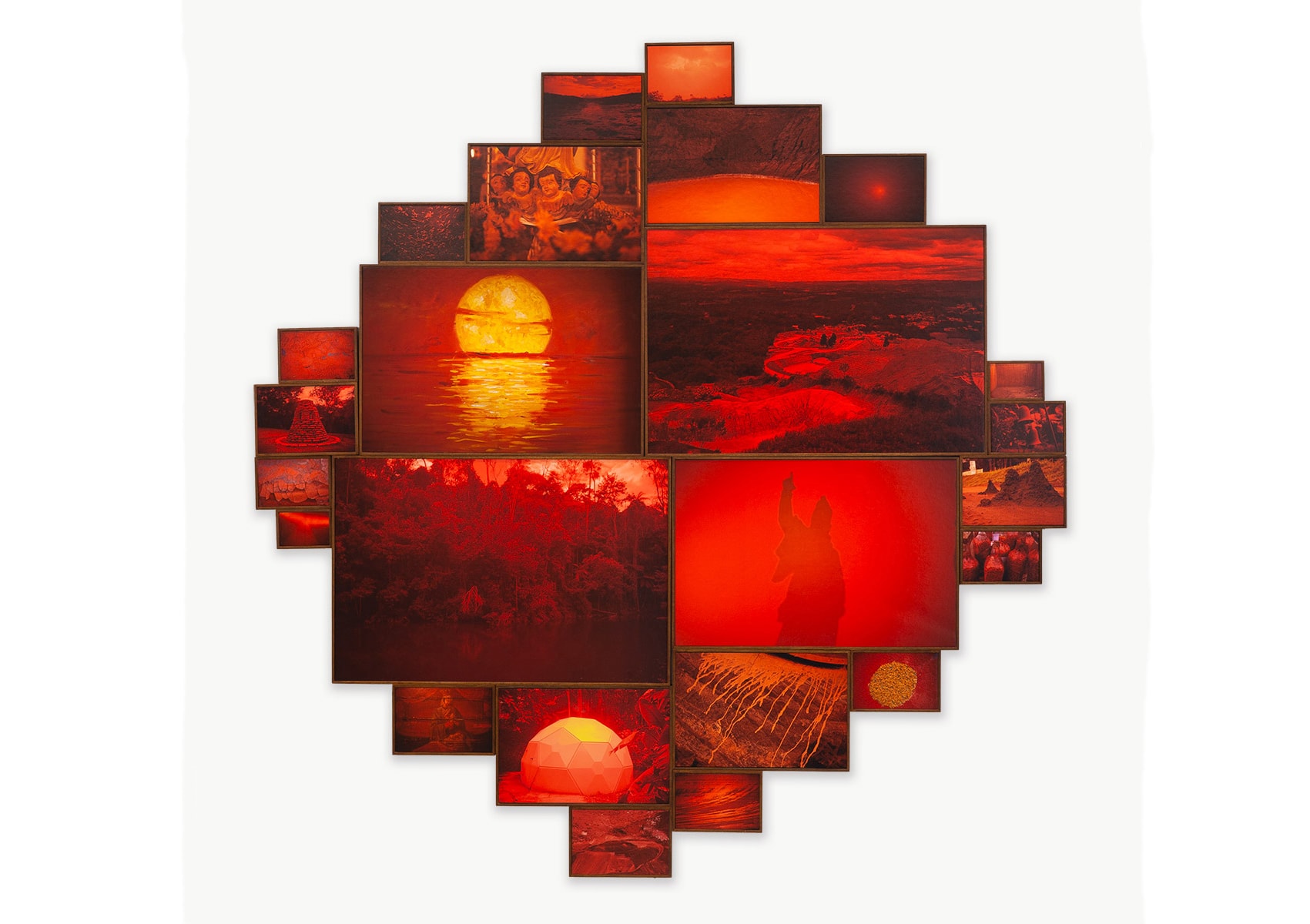
Geophotography and color: images in an expanded field
From the beginning of his career, João Castilho had questions about the transformations of the landscape. He is interested in how human decisions and actions profoundly transform not only the lives of communities but also geology, geography and climate.
Inspired by the American theorist Rosalind Krauss and her concept of sculpture in the expanded field, João calls his a “nomad-photography” because it is “contaminated and expanded”: he is not afraid to relate it and mix it with sculpture, philosophy or literature.
João is a photographer from Minas Gerais, Brazil, interested in the land, the landscape, the sudden changes that we have experienced recently related to climatic changes. He calls himself a geo-photographer.
Água viva (Photo-installation) – João Castilho
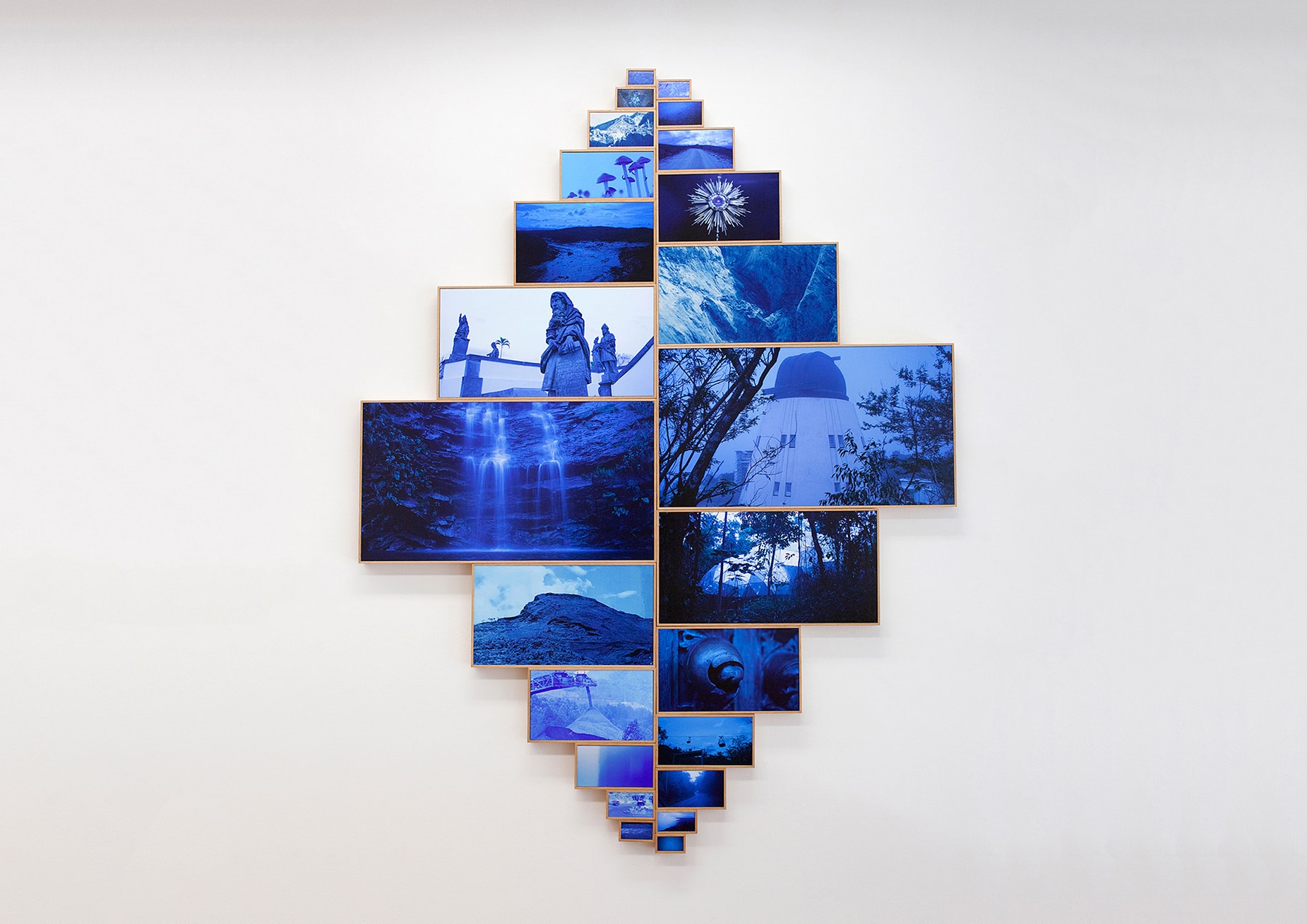
Montanha mágica (Photo-installation) – João Castilho
His last series of photographs of him with a narrative line is Zoo, made with the Zum grant for creation in 2013. Since then he has been doing photo-installations, and in the last year he has worked with collage.
In all his works, the themes of the earth and the relationship of humans with it are transversal, he is interested in breaking the illusion of human control over nature. Creating a short circuit in modern thinking that values the idea of the environment as a remote arena that can be controlled and exploited.
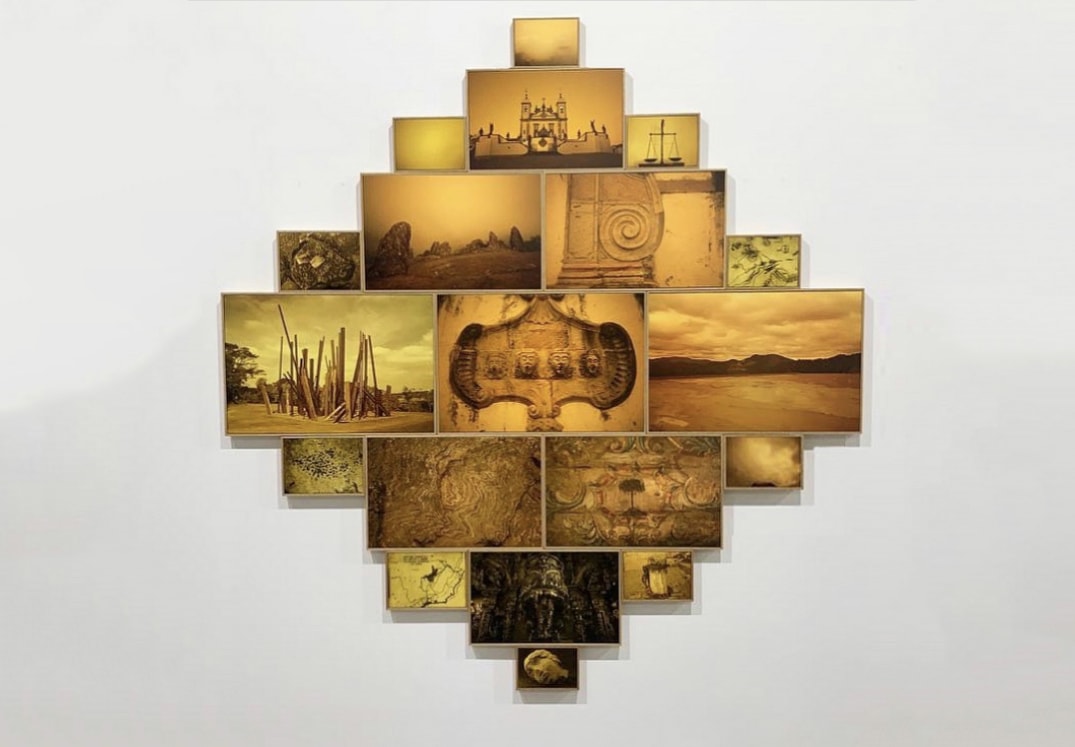
Metal contra as nuvens (Photo-installation) – João Castilho
Although he does not consider curating as a profession, in recent years he has supported the Tiradentes Festival in that field. Until recently, in Belo Horizonte (MG) there was no one in charge of curating and researching photography. João easily remembers curatorial processes in Brasília, Rio de Janeiro or São Paulo. Now every year at the festival he works with the support of others looking for photographers of his generation, doing individual or collective curatorships, researching artists who work on topics related or close to his interests. In the latest version, together with Pedro David, he curated the regions of Brazil: north, south, trans-west.
Ganga bruta (Photo-installation) – João Castilho
You were also part of Paisagem submersa, along with Pedro David and Pedro Motta. How was that experience and how did it impact your beginnings in photography?
Paisagem submersa was a project on the construction of a hydroelectric plant in the north of Minas. It was a very ambitious, long and expensive project. We started it without really knowing if we would be able to finish it, but we did. It was a project that included many of my interests in thinking and understanding the territory’s transformations. To see how human decisions and actions profoundly transform not only communities, but also geology, climate and geography of a place.
We focus on that transformation that occurs in the relationship between human beings and territory. That project was turned into a book, but it also unfolded in a series of installations and exhibitions. It was a project that was born with very common things in our practice: making books, projecting images, working with photos as copies, with paper, sound installations, video. All this mixture was very important for our generation, we were interested in the intersections between documentary photography and the plastic arts.
Rosalind Krauss, the American theorist, has an interesting concept which is that of sculpture in the expanded field. In my case, photography is also in this field, relating to sculpture, philosophy or literature. It is always a photograph in transit, in motion that does not stabilize anywhere.
I like to call it photo-nomadism, not because the photographer moves and circulates, but because he manages to escape the traps that photography imposes on itself. In that way it manages to mean other things, tries to create other types of relationship with the audience, other forms of impact. All my works derive from those ideas. That line of thinking runs through all of my work.
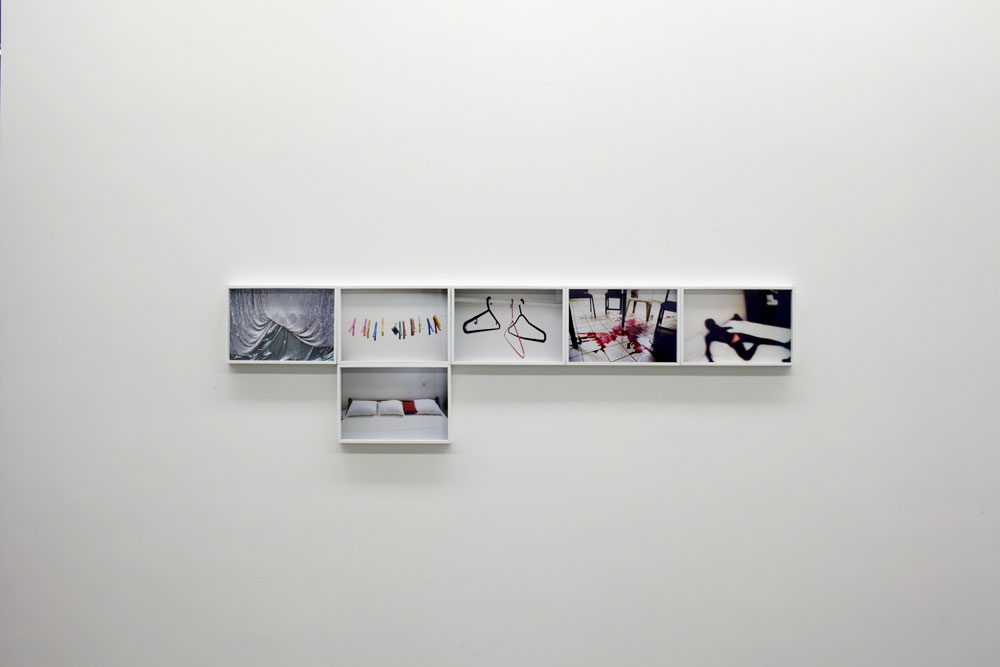
Hotel Tropical – João Castilho
And what about the themes, are they still the same or have they changed?
The themes have a lot of that interest in the land. I don’t really like the word landscape, it makes me think of a scene, a dead thing that is there. I prefer the word land because it brings more connections. For example, in the last works that I did between 2018-2019 in this region of the Quadrilátero Ferrífero, I managed to create a connection with space, inhabiting it and traveling through it. This work is related to Hotel Tropical, because in them I do what I have called photo-installation, these are photos that are presented all together and thus make up a complete work. They cannot be separated.
When viewed from afar, a single block is visible, but when zooming in, it is possible to see each photograph and make various connections between them. Those blocks also have a single color, and that monochrome gives it a unity that creates a color field.
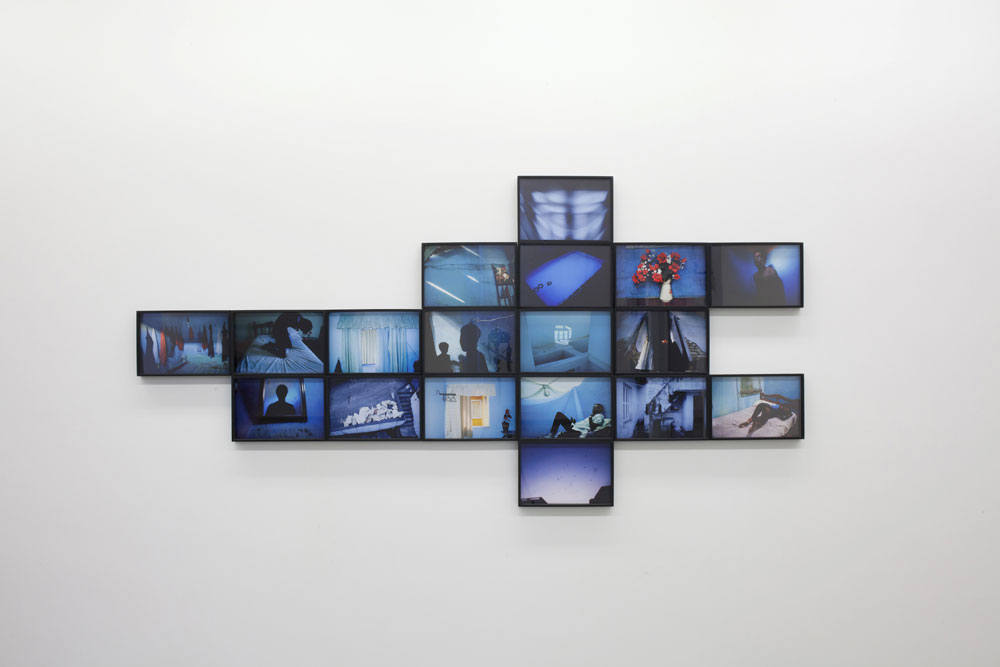
Hotel Tropical – João Castilho
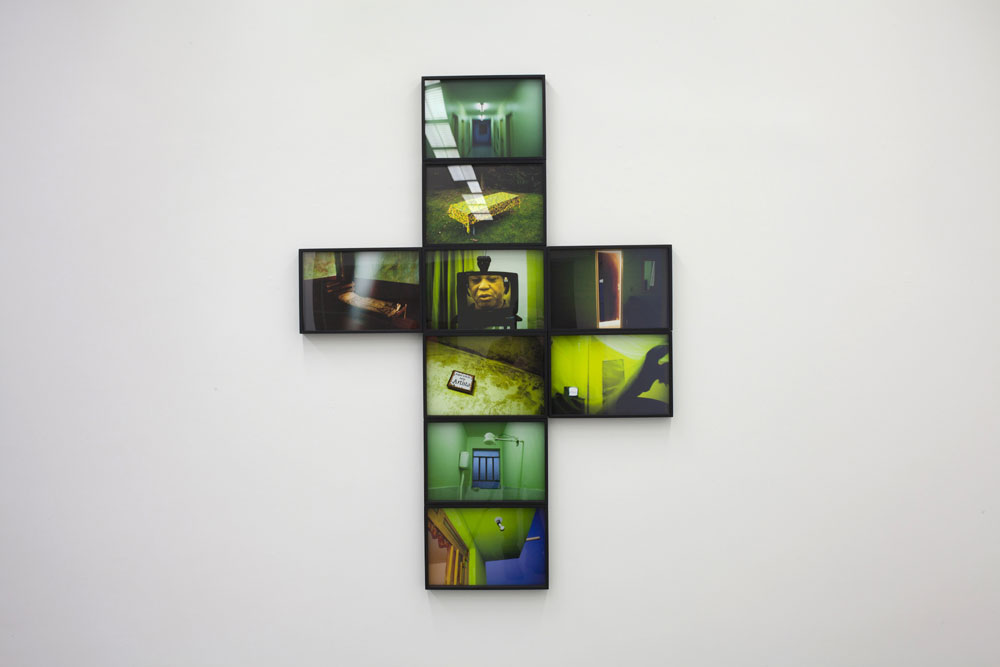
Hotel Tropical – João Castilho
Why do you need such a direct explosion of color?
Color is very important in my work. However, it is not a colorful job, there is not so much color information. It is almost a black and white, because I use shades of the same color. It is paradoxical: it is a very economical job in terms of color, despite having all that abundance. It has the function of creating a climate, an environment.
It is much more in the order of sensation than in that of significance and it allows me to create connections between the images. The relationship that I establish in these photo-installations also has a rhythm that allows the passage from one image to another.
I started the last photo-installations with Ganga Bruta, I took the name of a film by Humberto Mauro filmed in Minas Gerais in the 1920s. Also, ganga is the word for the residue that remains in the mining processes. It is golden because it refers to gold and helps me think about the past when that was the mineral that was mined in this region.
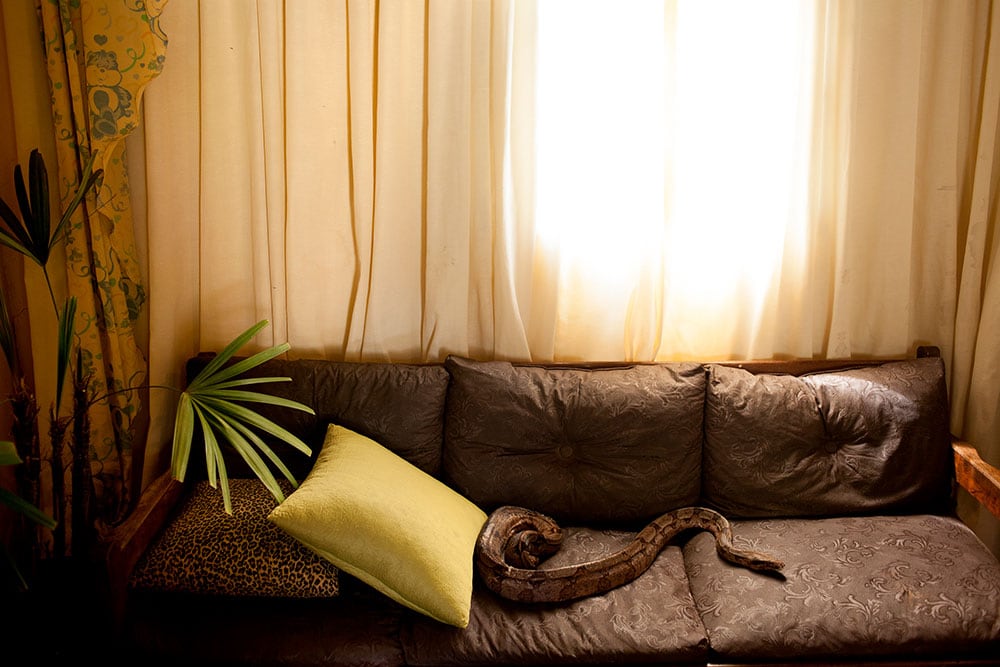
Zoo – João Castilho
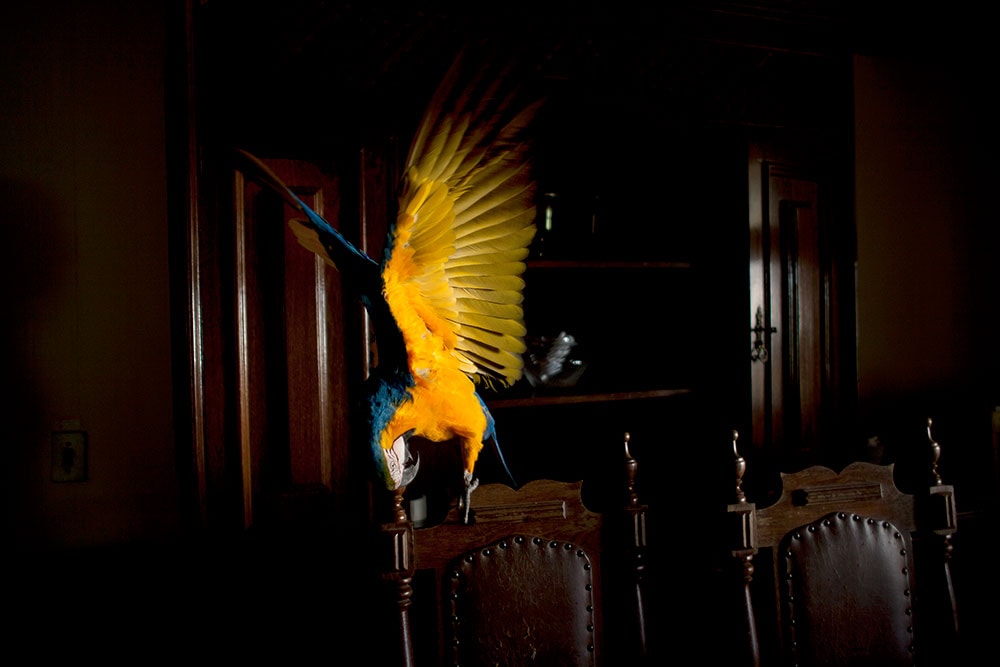
Zoo – João Castilho
How do you think and propose image’s reading in these photo-installations?
I started by making diptychs: when you put two images together, a third appears. Then I made triptychs and then polyptychs. I took that to the point of taking another step, which is to dismantle the images through the format’s alteration. That adds a complication: I have images of 50×70 cm next to images that are almost nothing. It implies that you have to get very close to be able to see something, but in the articulation of everything, all are important.
The reading is wide open, it is not addressed. In addition, the origin of the photos is very diverse, some are mine, others I have appropriated.
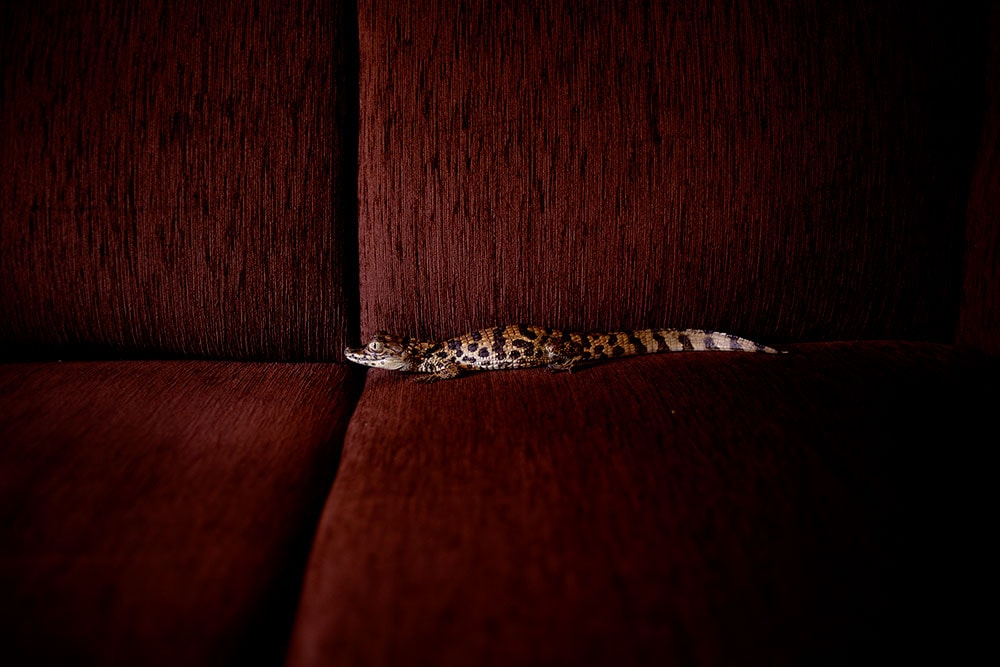
Zoo – João Castilho
In Paisagem Submersa you were looking to show a change that was going to take place in the future. In these new photo-installations there is something similar, in relation to the passage of time, but also to displacement, something that is also seen in Zoo.
Yes, at Paisagem Submersa we created a way of talking about the near future that was almost happening. Now, in these works, the question of time has been broadened, it is thought in centuries, not in years. I try, looking into the past and the present, to imagine a speculative future. My intention is to create a re-enchantment of the earth, of the waterfall, of the mountain, because perhaps this way we will find a solution to everything that happens.
Those intersections happen in displacement, and I do it to try to create a short circuit to that thought that assumes nature as something remote, as a stage. The thought that the colonizers and modern science adore.
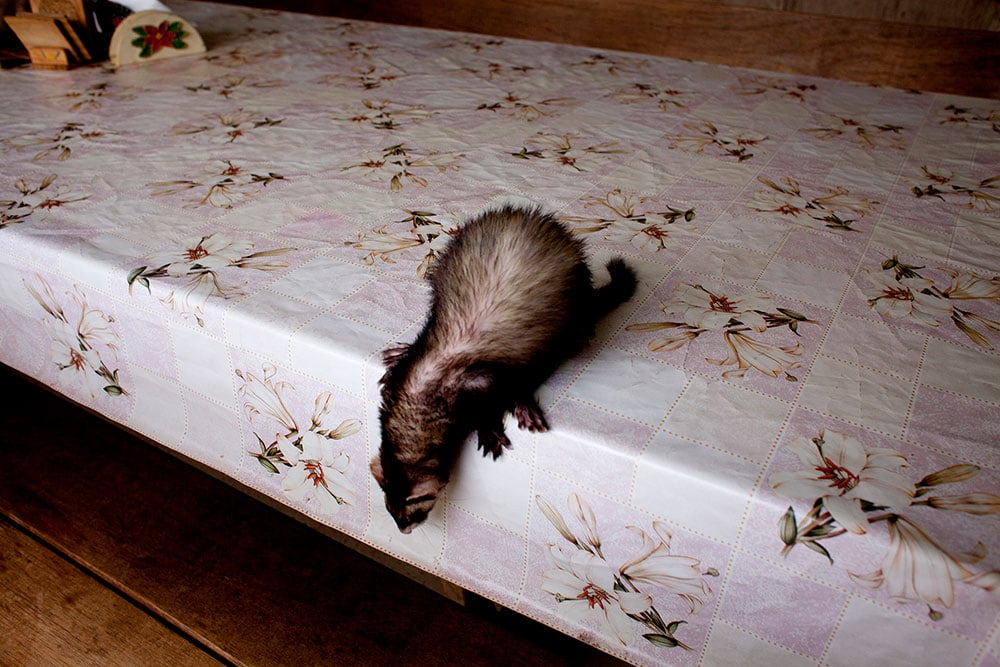
Zoo – João Castilho


